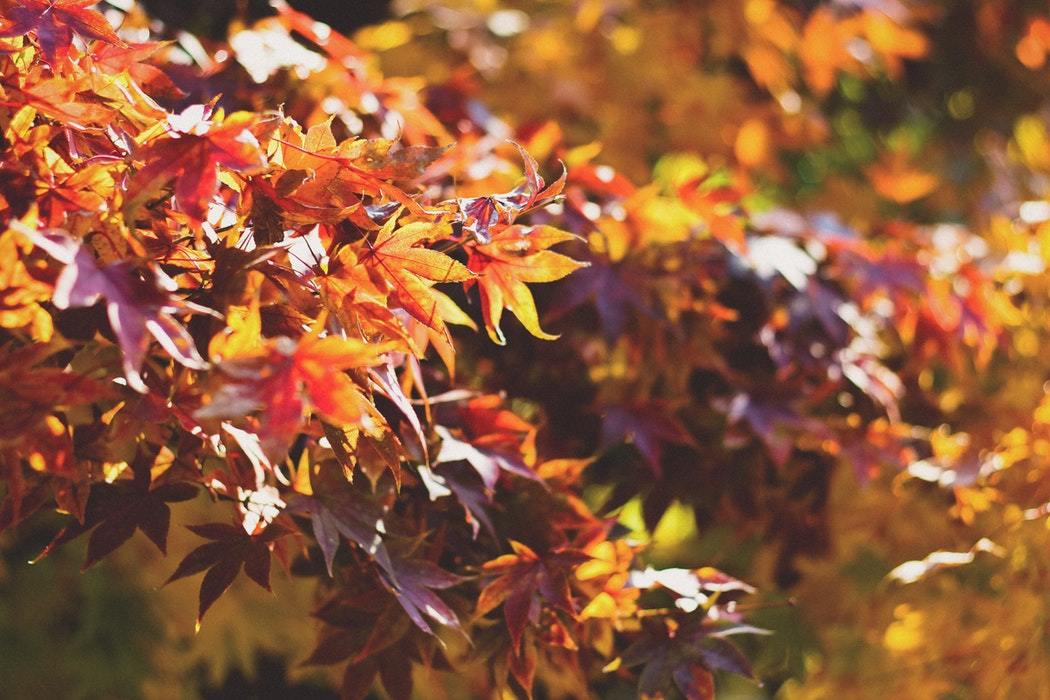
October 10th is World Mental Health Day, and all day long, we’ve been having a conversation about depression and anxiety and other conditions. And we’ve been trying to figure out how the outdoors fits into that conversation.
Let’s start off with some stats…
In the US, 43.9 million adults have or are currently experiencing mental illness (that’s 17.9% of the adult population)
18.1% of adults and 25.1% of children experience anxiety
9% of children have ADHD
The average American is seated for 7.7 hours a day (and that doesn’t include sleeping)
The average American kid, ages 0-12, spends 25-42 minutes outside a week (not including playing outdoor sports)
Basically, trends are showing that mental illness is on the rise, and time spent outdoors is continually decreasing.
My sophomore year of high school, my psychology teacher opened the class by saying, “Did you know… As ice cream sales increase, the murder rate also increases? Why?” and we all stared at him with puzzled looks on our faces. The answer, he told us, was heat. As it gets hotter outside, ice cream sales increase, and the murder rate also increases. My point is that correlation doesn’t equal causation. People weren’t killing other people because they got the wrong ice cream flavor. Instead, there was another reason. But, the two are still related.
People aren’t depressed because they are spending less time outdoors. There’s probably another reason there. But we do know something for sure. Study after study shows that the more time you spend outside, the less likely you are to have feelings of depression and anxiety.

“Imagine a therapy that had no known side effects, was readily available, and could improve your cognitive functioning at zero cost,” stated a 2008 paper describing the success of nature-therapy (which is basically psychology jargon for getting your booty outside).
They’ve found that there’s a strong link between exposure to nature and wellbeing. And they found that these positive effects can last up to 7 hours, especially among people that have a greater risk of developing mental health issues. So, a quick walk or bike ride in the mornings will leave you feeling good through your workday. (Plus, a walk at lunch time will get you through the lull of the day!)
In another study done on this subject, researchers found that outdoor walks are very “useful clinically as a supplement to existing treatments for major depressive disorder.” They went on to write, “every green environment improved both self-esteem and mood, and the mentally ill had one of the greatest self-esteem improvements.”
Research also shows that natural scents like roses, freshly cut grass and pine needles make you feel calmer and more relaxed. No wonder there are so many air fresheners in these scents... But, of course, nothing beats the real thing!

Now, the outdoors aren’t the end-all, be-all of mental health therapies. A 10-minute walk everyday likely won’t cure your depression. But when done in addition to other methods, it’s proven to be very helpful. The outdoors are more of a necessary method of self-care.
So, get up and get outside! I’m setting a goal for myself: start every morning with a 30-minute walk or bike ride. Set one for yourself too, and comment below what you’re doing to boost your mood.
Our Gear Supports Nature
Every Keep Nature Wild purchase helps fund & host wilderness cleanups. Check out our favorites in stock right now, and join us at a cleanup!










Leave a comment
All comments are moderated before being published.
This site is protected by hCaptcha and the hCaptcha Privacy Policy and Terms of Service apply.